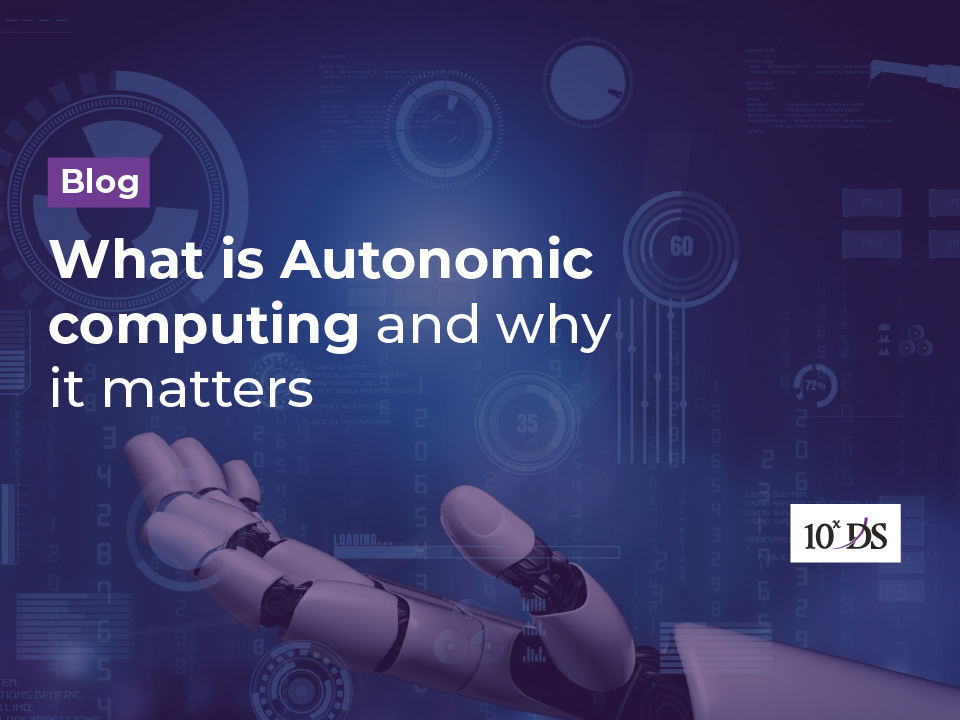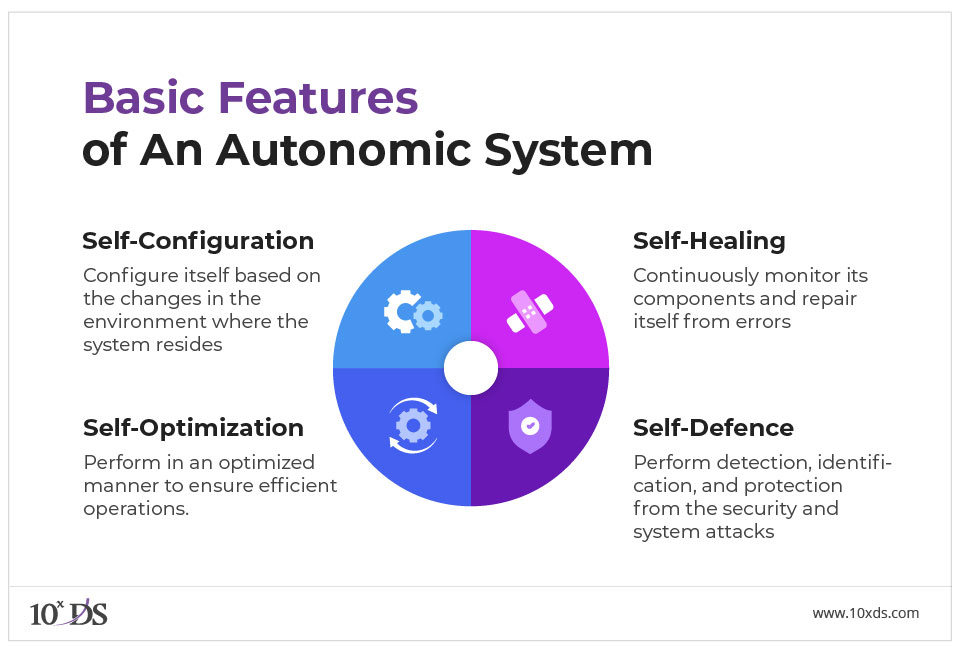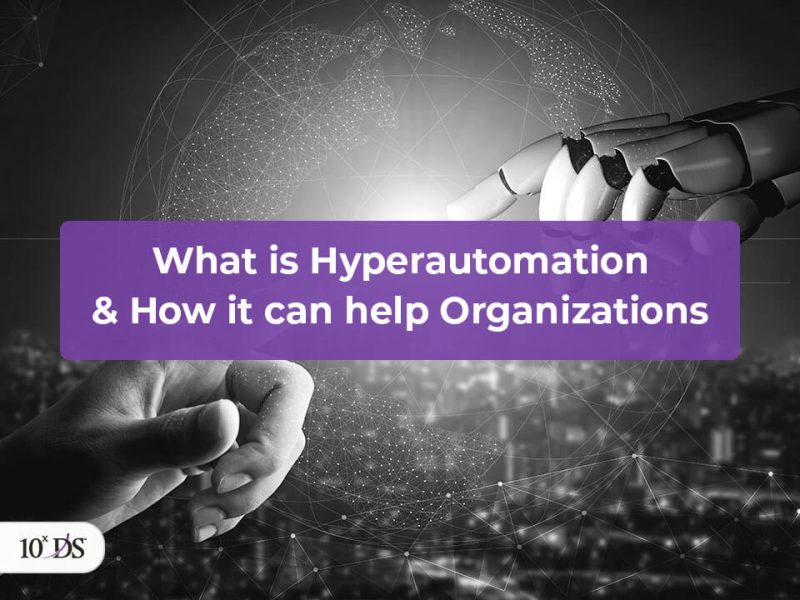
What is Autonomic Computing and why it matters
Nature has inspired most of the inventions that happened in the world. Inventors studied the flight of birds with a desire to fly like them up in the sky and now we have aeroplanes to fly. Similarly, the human body has an autonomic nervous system that regulates body processes by itself. They have the capability of self-healing. Why not apply these principles to our machines and applications? It is the same concept that we will be discussing in this blog, Autonomic Computing. It demonstrates and advocates networking computer systems that do not involve a lot of human intervention other than defining input rules.
Maintenance of computer applications adds to a major cost for most organizations. The need for cost savings and the need to remove the challenges of computer system complexity demands innovative solutions such as Autonomic Computing. IBM presented this concept back in 2001 when the IBM Research team presented a solution to the growing complexities in building and managing computer systems. The IBM solution was to build computer systems that could regulate themselves in a manner in which our nervous systems regulate and protect our bodies. Autonomic Computing was one of the top technology finds its place in Gartner Technology Trends 2022 and, Gartner predicts it was predicted that by 2024, 20% of organizations that sell autonomic systems or devices will require customers to waive indemnity provisions related to their products’ learned behaviour. Gartner now predicts that by 2026, autonomic systems are expected to significantly enhance business operations by providing superior automation of tasks and processes in dynamic environments. This will help businesses adapt to changing conditions more rapidly and efficiently.
Characteristics of autonomic computing
Autonomic systems are self-managed systems in both physical and software form. They self-learn from their environments and dynamically modify their own algorithms in real-time to optimize their actions in various complex ecosystems. They optimize performance and defend against attacks without human intervention. While autonomic systems are mostly software-based, humanoid robots are also emerging. The basic features of an autonomic system put forth by IBM is mentioned in the illustration below.

5 Applications of Autonomic Systems
Let’s have a look at some of the early applications of this concept.
- Customer Relationship Management – The complexity that arises daily on execution of leads can be managed through a loop which is a self-optimizing component.
- Finance – An algorithm to manage and analyse any errors relating to budget allocation, allocation of resources, revenue generated, recurring expenses etc.
- Policy management – Autonomic computing helps manage pricing policies through various schemes looking at the market conditions, competition etc.
- Inventory management – Parameters such as stock, market information, and supplier information are checked continuously to adjust itself optimum.
- IT infrastructure management – Autonomic computing can also be used in server load balancing, process allocation, memory error correction, automatic upgrading of software and drivers, pre-failure notification, automated device backup and recovery, etc.
Benefits of autonomic computing
- Faster deployment and integration of new systems due to self-configuration according to the operational environment.
- Minimized downtime and maintenance of high availability and reliability of IT services as result of self-healing properties.
- Self-optimization in resource allocation and workload balancing to ensure efficient use of resources.
- Adaptive learning enables better decision-making and optimization.
- Autonomic systems proactively identify and mitigate security threats, protecting against various attacks and ensuring the integrity and confidentiality of data.
- These systems can help organizations maintain compliance with regulatory requirements and enhance privacy protections through automated monitoring and adjustments.
- By automating routine tasks and reducing the need for manual intervention, autonomic computing can significantly lower operational costs.
- Autonomic systems can scale their operations dynamically based on demand, ensuring that resources are used efficiently and effectively without overprovisioning.
- The automation of complex tasks and processes leads to smoother and more reliable system operations, enhancing the user experience and satisfaction.
- These systems can adapt to changing user needs and environmental conditions in real-time, providing consistent and high-quality service.
- With autonomic computing handling routine and complex management tasks, IT staff can focus more on innovation and strategic initiatives, accelerating the development of new features and services.
- The ability to quickly adapt to new requirements and unexpected changes in the environment helps organizations stay agile and competitive.
Conclusion
With the increase in the market for computer-based applications and systems, related issues are also growing and becoming more dynamic. This in itself will propel the need to democratize autonomic systems. With low/no-codes and autonomic computing, the time to market for applications will be quick and companies will be able to adapt to the changing needs of consumers fast.
Want to know more about such exponential technology solutions that can drive digital transformation and empower your business? Talk to our experts!


